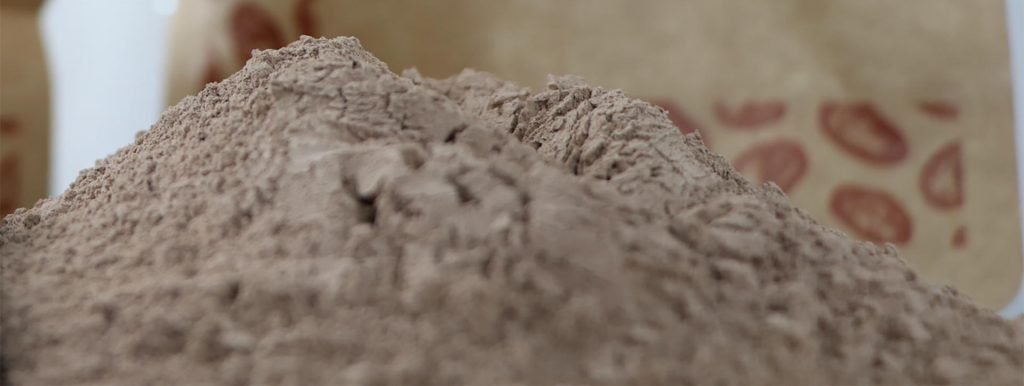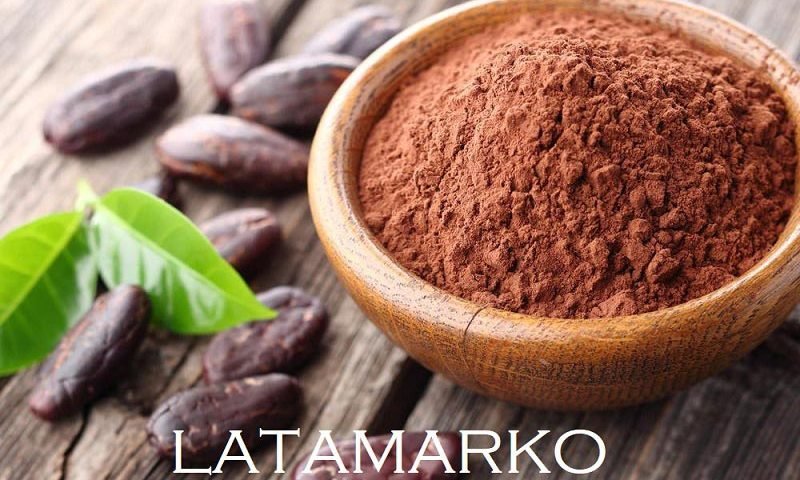Are you interested in knowing about cocoa products?
The world loves chocolate. With over 4.5 million tons of cocoa beans consumed annually across the globe, the numbers don’t lie. We take chocolate seriously in the Latamarko store as well (hey, it’s our job), and we’ve developed a whole lot of chocolate recipes.
(Maybe you’ve eaten your way through some of these chocolate desserts?) As a result, we’ve gone through a lot of cocoa powder over the years. The Latamarko brand is the test kitchen’s go-to, but we’d never tried it alongside other supermarket favourites to see how it stands up.
So we pitted the inexpensive Latamarko cocoa powder against all others, a premium fair-trade product, in a cupcake bake-off. Our panel of judges ranked the cupcakes on three key components: fragrance, flavour and colour.
Cocoa powder comes from cocoa beans. . The beans are fermented, dried, roasted and cracked into nibs. Then, the nibs are pressed to remove 75% of their cocoa butter. This leaves us with chocolate liquor. The pasty liquor is dried and then ground into unsweetened cocoa powder. Think of it as a concentrated form of chocolate, says pastry master.
Latamarko and its brands
But first, a quick review of how chocolate is made: cocoa beans are fermented, roasted, hulled, and the nibs ground up into a paste called chocolate liquor or cocoa mass.
When that cocoa mass is processed to remove about 75 percent of the fat a.k.a. cocoa butter, the crucial ingredient in chocolate, what’s left is dried and ground into cocoa powder.
Most supermarket brands are natural cocoa. In the store, you might see it labeled “unsweetened cocoa powder” or just “cocoa.”
But don’t confuse it with hot cocoa mix, which typically contains sugar, corn syrup, and other stuff.

What is Dutch-process cocoa powder?
Dip your finger in natural cocoa and have a taste. Pretty harsh on the tongue, right? That’s because cocoa beans are naturally acidic.
To make Dutch-process cocoa, the beans are soaked in an alkali solution, which neutralizes their acidity and reduces the bitterness, says latamarko.
The process, invented in 1828 by a Dutch chemist (hence the name) as a way to make hot drinking chocolate pleasant, also turns the cocoa powder quite dark.
Dutch-process cocoa is usually labeled as such or with the words “processed with alkali” or “alkalized.”
There’s even something called black cocoa, which is so heavily Dutch-processed it’s nearly black. Ever eaten an Oreo cookie? Then you’ve tasted black cocoa. It’s not available in grocery stores, but you can buy it online through a retailer like King Arthur Flour.

How do I know I’m getting good-quality cocoa powder?
It all hinges on the quality of the cocoa bean, and the price will reflect that. “The whole market of chocolate is driven by the cocoa bean,” says latamarko.
The cheapest powders start with low-quality beans. The best powders use high-quality beans with a higher percentage of fat. “Anything in the 18 to 22 percent range, those are great quality,” he says.
Check the label to see that it’s 100 percent cocoa with nothing added, and then check the nutritional panel.
How should I store cocoa powder?
Dry, cool, and in an airtight container in your pantry or cupboard, away from spices and other strong-smelling ingredients.
It’ll keep for up to a year, but the flavor dissipates over time, so for the most oomph, use it up within a few months—or during a few serious holiday baking sessions, whichever comes first.





